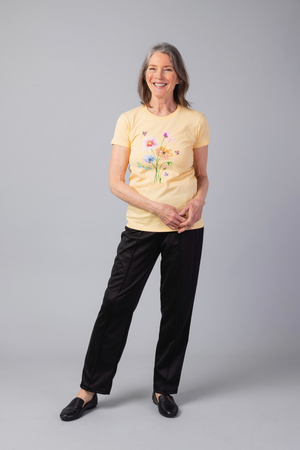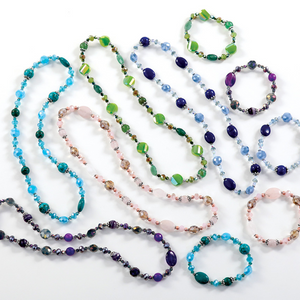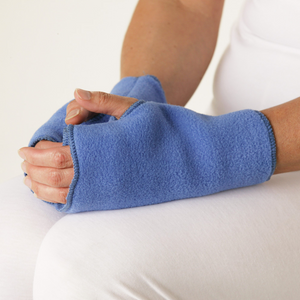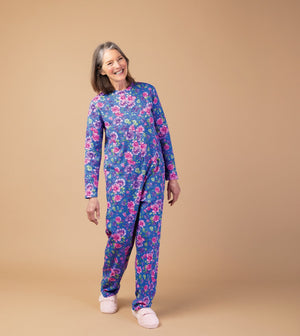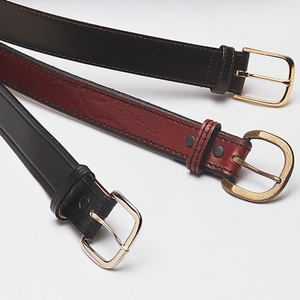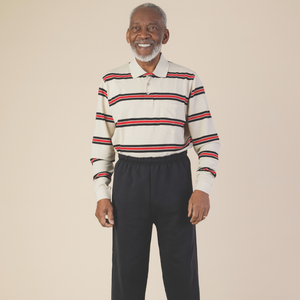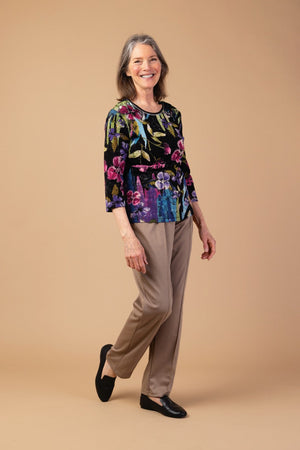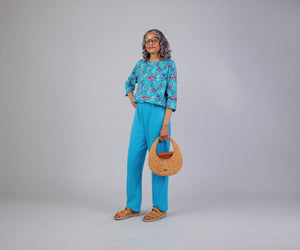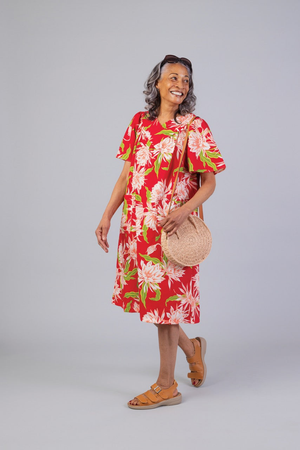As part of our comprehensive Shop by Need guide, the Medical Conditions section is your trusted resource for adaptive solutions that support a wide range of medical needs. This includes thoughtfully designed apparel and accessories for ALS Clothing, Alzheimer’s Clothing, Amputee Clothing, Arthritis Clothing, Disability Clothing, Incontinence Clothing, Parkinson’s Clothing, and Stroke Clothing.
Each article below explains how the condition can affect mobility, dexterity, or cognition — and how our adaptive designs can help. For example, you’ll find amputee-friendly pants with side zippers or snap openings, stroke recovery garments that are easier for caregivers to put on, and Alzheimer’s Clothing designed with familiarity and comfort in mind. Our Parkinson’s Clothing includes styles with minimal fasteners to accommodate tremors, and our Incontinence Clothing focuses on dignity and discretion.
Buck & Buck apparel includes open-back tops and dresses, elastic waist pants, VELCRO® fasteners, and other practical features that simplify dressing while maintaining comfort and dignity — whether for self-dressers or those needing full assistance.
To browse relevant products, click “Show Recommended Products” beneath any article. You’ll see clothing and accessories chosen specifically for that condition. Click “Hide Recommendations” to collapse the section when you're done.
Use the “Jump to Section” menu below to quickly find any condition that matches your needs. Click to expand a topic and explore the solutions we’ve designed for it.
